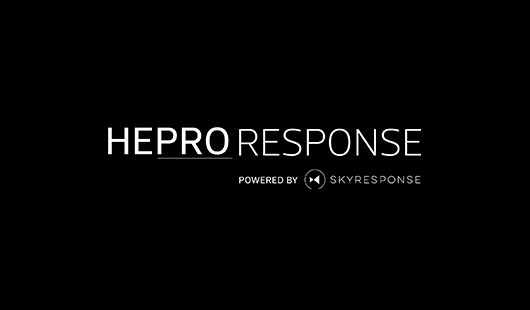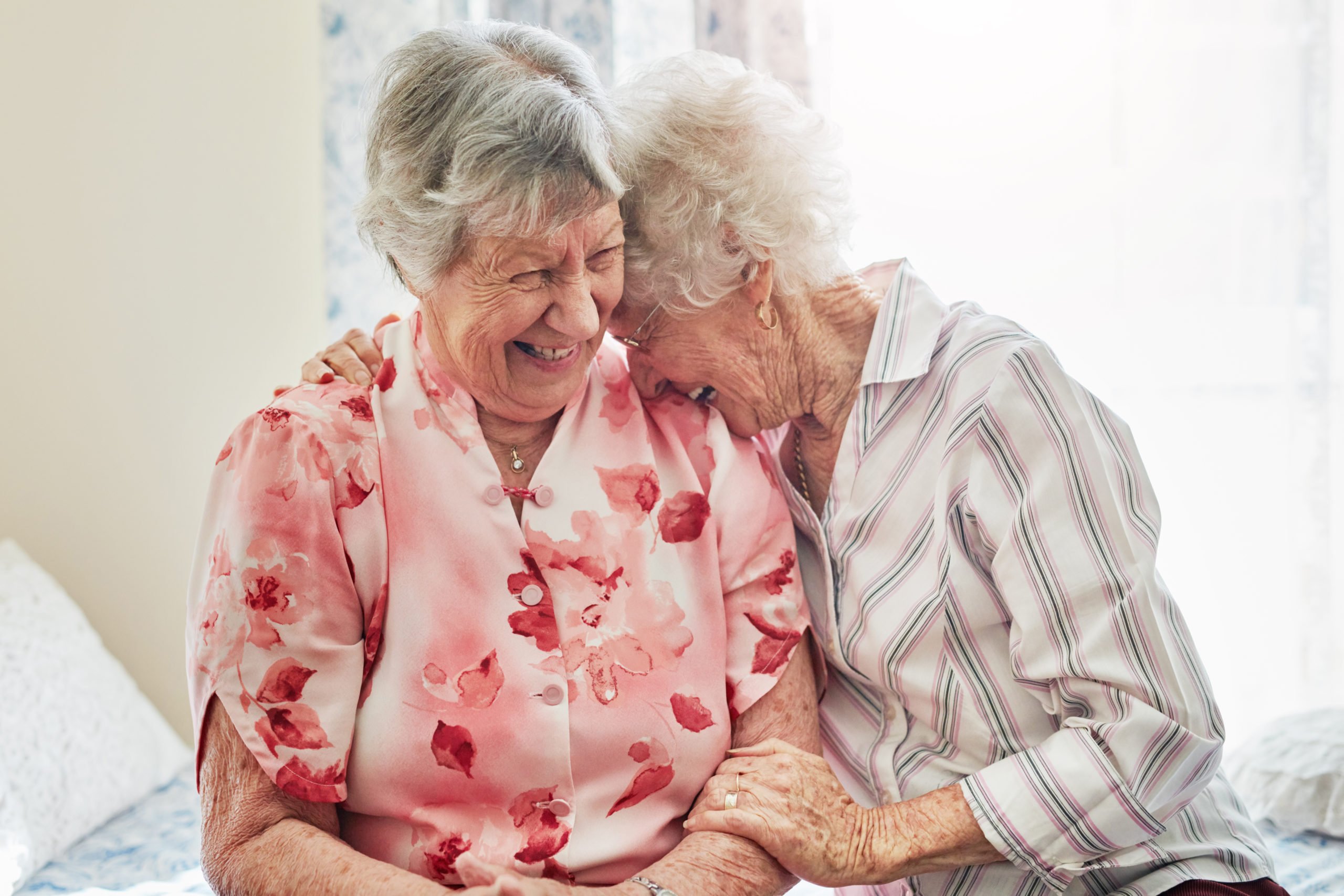With the arrival of technological advancements, systems and solutions in elderly care have undoubtedly developed. This extends to implementing modern solutions to fall detection as well as prevention. The topic has been met with reluctance due to generational digital divide – the gap between the younger generation who are digitally literate and the older generation who are not yet quite up to speed when it comes to adopting such devices and technological advancements.
Despite this, the importance and usefulness of these new, modern solutions cannot be denied. Using and implementing the right systems could very well be the key to the issue at hand. For the solution providers a deeper dive into the topic may be necessary to better understand the subject.
The challenges faced among the elderly in accepting fall detection and prevention systems
Generally speaking, most of the reluctance and scepticism are stemming from the generational digital divide, privacy concerns and also concerns involving costs and usability of such systems.
While the older generations are now preferring to stay at home and are now more receptive to modern devices and technology in general, some studies and data suggest that there could be a decline in the usage of digital devices among the elderly. An analysis in the UK even found that people over the age of 75 are not likely to be online as compared to before the COVID-19 pandemic, and that nearly 1 in 10 are spending less time on the internet than they used to do.
To use the right solutions, platforms and fall alarms for the elderly
With the rapid advancements in today’s technological landscape, innovations in technology enabled care have provided both users and providers with several new options for providing care to patients, more specifically, the elderly. These innovations can be digital monitoring devices, sensor-enabled technology and other systems – tailored specifically to the needs of the patient, such as medication robots that assist patients in their medicine intake.
These advancements also extend of fall alarms and sensors, which generally fall between two types: wearable and non-wearable sensors. As its name states, wearable sensors are worn by the patient and can come in the form of bracelets, pendants, watches, and even wearable cameras. These devices can detect motion and can reliably recognise and monitor falls based on rapid and unusual movements.
Non-wearable sensors can come in the form of radars, which are typically placed within the proximity of the patient. These devices can monitor movement as well as sound and can also promptly notify providers in case of an emergency.
These systems are much more effective when implemented through a platform that utilises modern, advanced technology enabling the devices to work in synergy with each other. By doing so granting both patients and care providers with convenient and reliable ways of monitoring falls and promptly responding to possible situations. For example, a mobile app can be used to remotely monitor and control the devices, giving the patient a seamless user experience, and ultimately making these devices and systems more accessible and user-friendly.
Addressing the reluctance, scepticism and other challenges in implementing fall alarms for the elderly
Given the importance, usefulness and effectiveness of fall alarms and other fall detection and prevention technology, the concerns and obstacles surrounding these systems must also be addressed accordingly.
With regard to privacy concerns, the reluctance of fall detection systems is rooted in technology that utilises video recordings, more specifically in the more private sections of the house such as bathrooms and bedrooms. To address these concerns, image blurring or viewing the video in “heat map view” can be implemented to provide the users with an additional layer of privacy in certain situations.
Concerns regarding cost of fall prevention systems can be addressed by highlighting the overall usability and long term viability of modern solutions in fall detection, especially when compared to old, outdated systems based on analogue technology.
Skyresponse seamlessly implements fall detection and prevention systems
With the crucial role of modern, advanced and innovative solutions to fall detection and prevention today, partnering with a reliable platform provider is an important factor to consider when adopting newer devices. The provider can seamlessly integrate the different systems to effectively work in synergy. Skyresponse offers alarm and event handling management, primarily in personal care – including elderly care and personal safety. The cloud-based platform of Skyresponse is also secure, built with modern and innovative technology in mind to ensure top quality and scalability. Moreover, the platform is also future proof, allowing new and still upcoming fall detection devices and alarms to easily integrate with an existing system, building an even stronger ecosystem.




